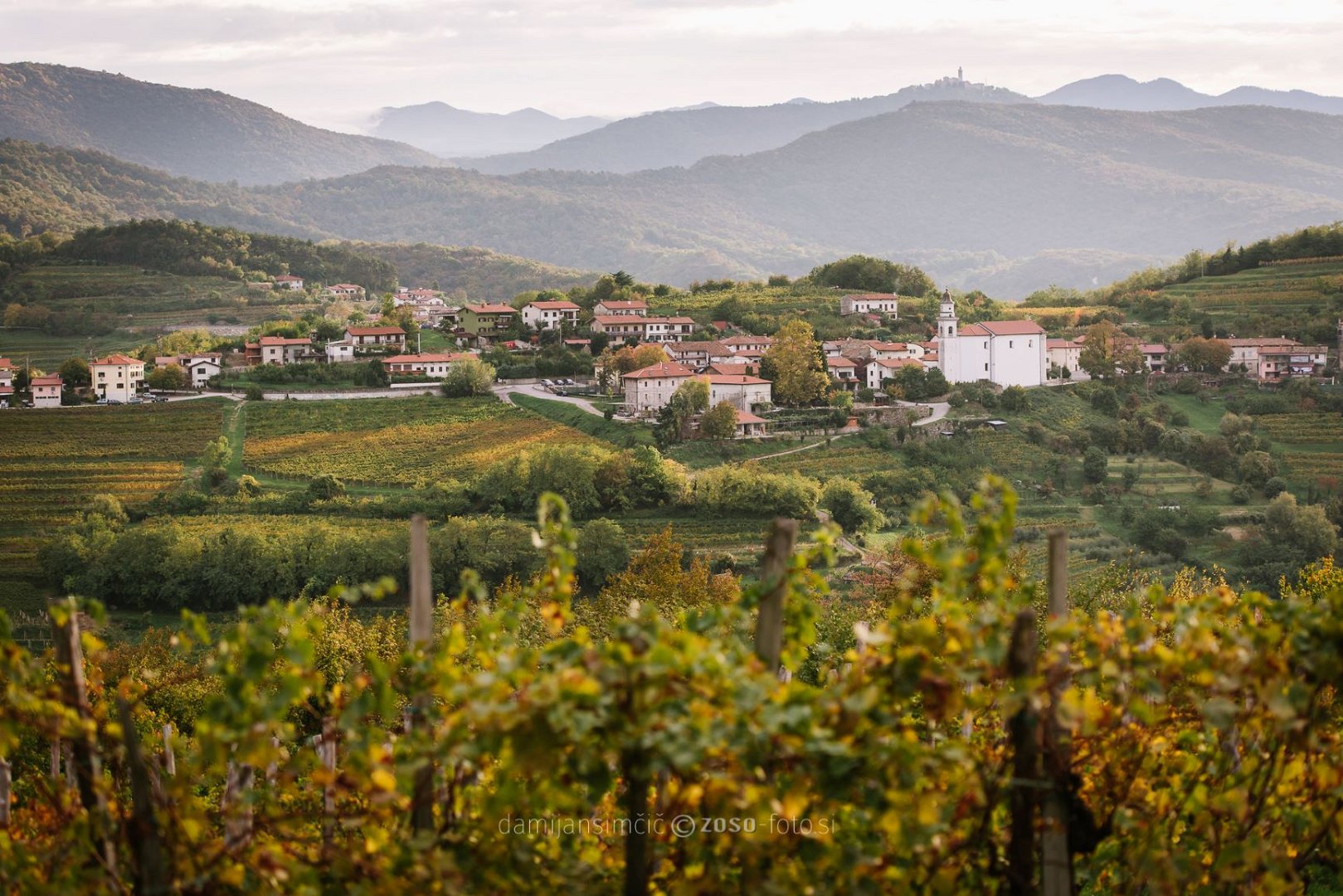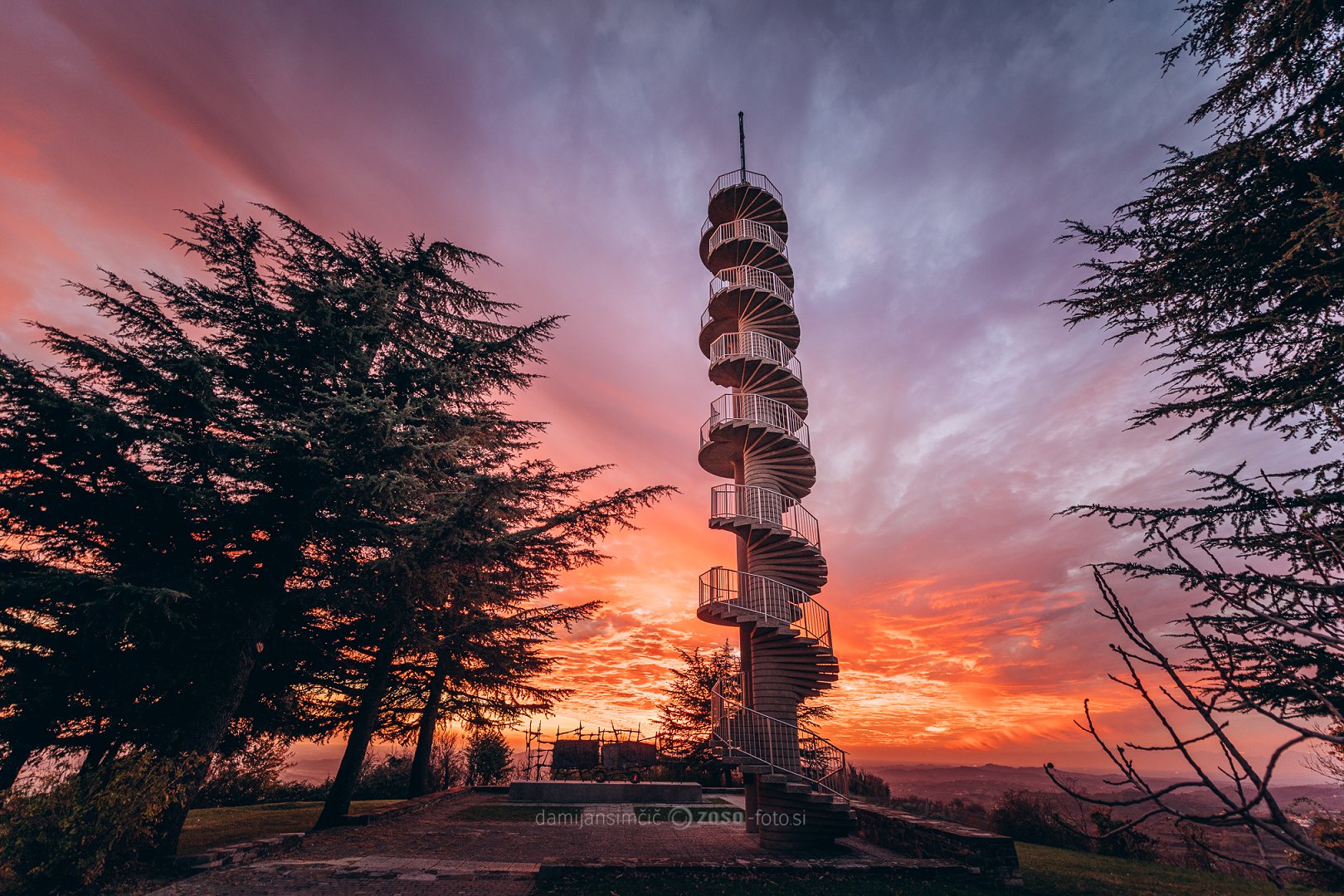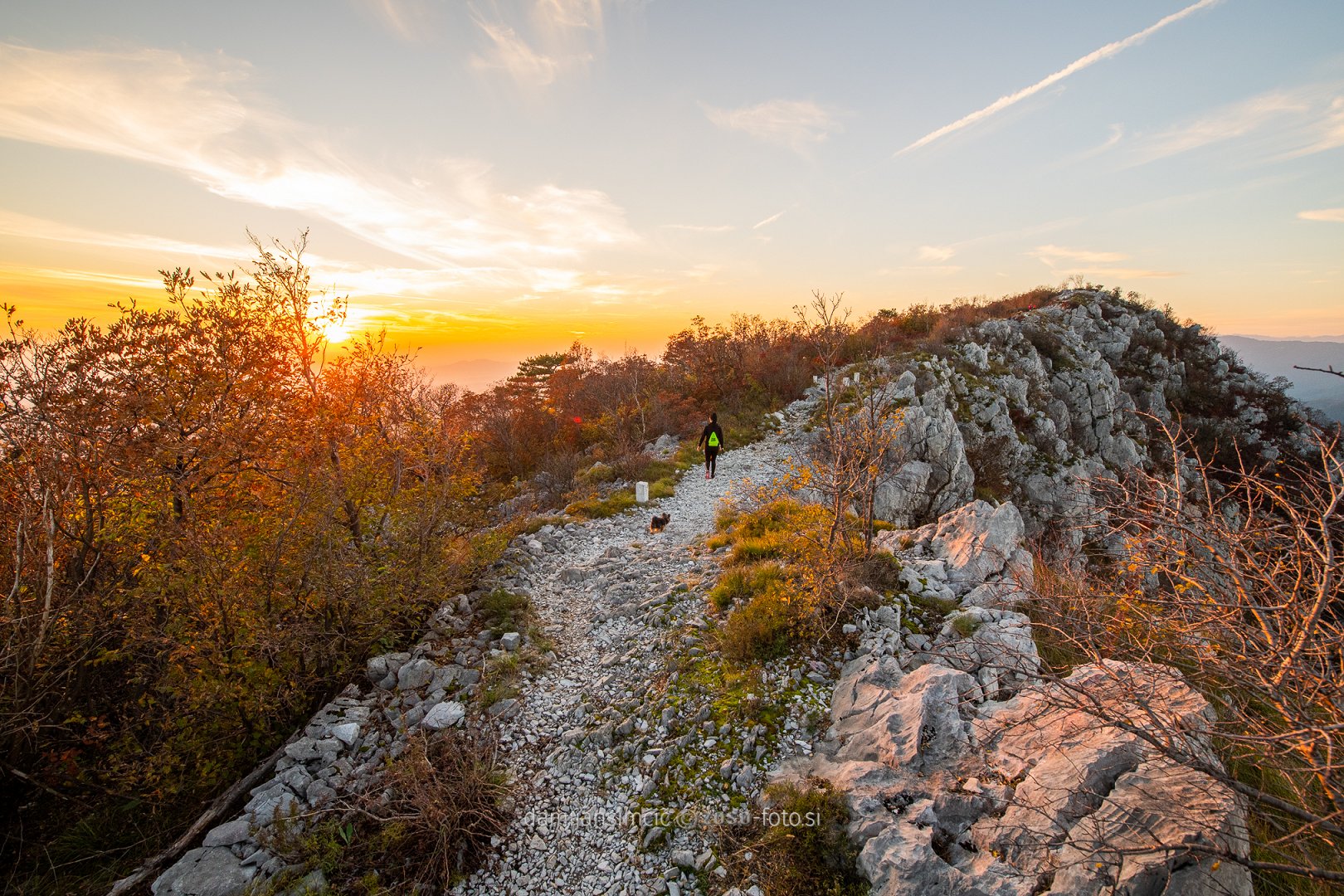Kojsko
The place was first mentioned in 1086. The branch pilgrimage church of the Holy Cross at Tabor reigns over the village. The Gothic church has an unusual bell tower for Slovenia. It resembles a small fortress rather than a church tower. It is topped with the typical Brda cairns and boasts treasures of exceptional artistic value. The stations of the Stations of the Cross chapels lead you to the church, which come to full life during the procession on the day of the Holy Cross, when the paintings that are normally kept in the church are also placed in niches. Inside, although a casual visitor might rightly be seduced by the splendour of the two Baroque side altars and the frescoes on the walls, the real gem is the main Gothic wing altar, dating from 1515. The Great Altar, the only and largest almost completely preserved Gothic wing altar in Slovenia, is probably the product of the Villach carving workshop. It consists of three parts of Gothic carving, representing the crucifixion and the Passion of Christ in relief. The original crucifix of the Crucified was lost, and several Gothic columns and statuettes disappeared when the entire altar was transferred to Florence for security reasons during the First World War.
On the hill where the Holy Cross is located, originally stood the Tabor with its four fortress towers, built during the Turkish invasions in the 16th century. It lasted until the French occupation, when three of its towers were burnt and destroyed. The fourth tower is today the church bell tower. There was also a plaque at St. Kriz, where the Italian king observed the closest section of the front line, now in the Goriški Museum.
In 1594, the lower castle of Kojsko was built, which was attached to the lower court. It was owned by the Coronini family, later by the Attems family and, before the Second World War, by the local Kumar and Pittamici families. The Counts of Coronini, who lived in the heavily defaced Kojsko castle, gave the place a special character, which can be seen in the numerous inscription plaques and stone coats of arms. One of them shows that even Pope Pius VI stopped here on his way from Rome to Vienna. One of the houses bears an inscription with the year 1788, which testifies to the fact that justice was administered in Kojsko.
The parish church of the Assumption of the Virgin Mary also has a touch of Gothic. The Baroque part has been skilfully added to the small Gothic church, which has now been converted into a sacristy. Also hidden behind the altar is a Venetian-style curia dating from 1492. The year raises many questions, as the Baroque part of the church was not built until the 18th century. Inside the church, the eye is drawn to four precious paintings, the gift of Count Coronini and, according to recent studies, the work of the painter De Vito. The façade of the chapel is decorated with a sundial, the work of the former Kojslp priest Edek Ferjančič.
In the centre of the village there is a monumental memorial to the choirmaster Srečko Kumar. Until the First World War, Kojsko was the cultural and economic centre of the eastern part of Brda.


